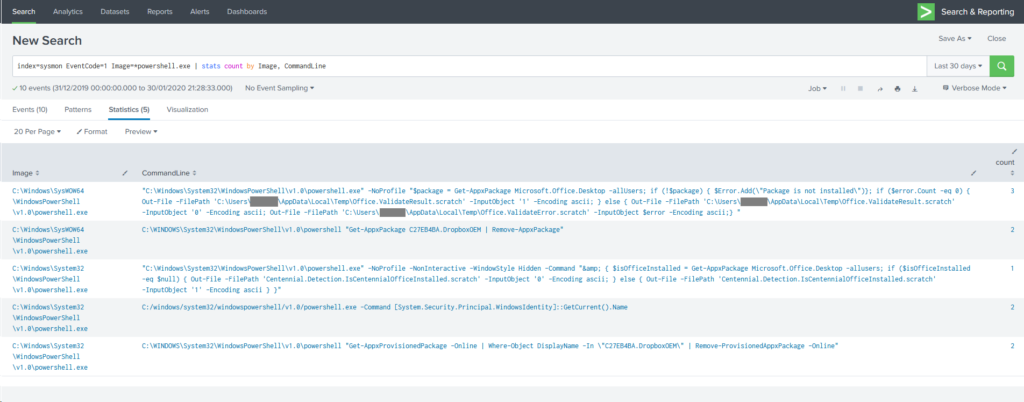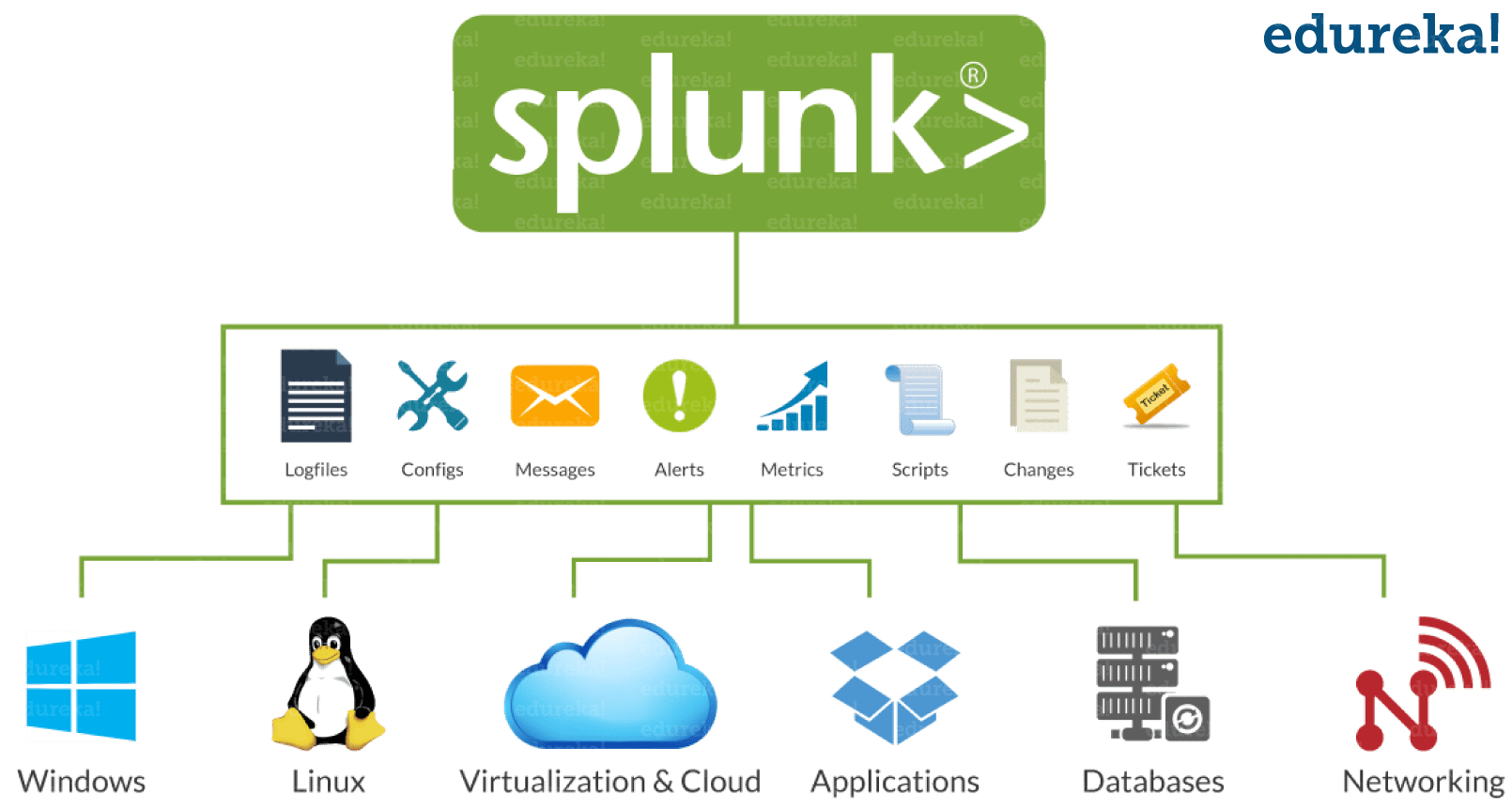

Finally, we drop back in all of our fields, and we see that there were two domains out of the ~2100 results from this host that meet the long domain segment criteria. And /then/ we look for any segment that’s over 25 characters. Now, we split the query up at the dots so we can see each URL segment. The more you can lower your noise floor, the more you can focus on the signals.

We also drop out Amazon and the Alexa top sites list to lessen the typical noise. Then we use the truncate_domain macro to get a clean query domain without the URL characters. What we do there is an mvexpand to split our previous multi-value query field into one line item per query.

Oddly enough, there are also three 8-hour chunks in a day, so this is a safe window to use as a first draft. Compare the established average against individual slices of the whole window.Establish a baseline for a machine’s DNS activity.Determine a working time window to use in calculating the average.What we really need is a way to look at how a machine typically behaves during its normal activity, and then alert us when that machine suddenly deviates from its average. The solution here is actually pretty simple once it’s written out in Splunk SPL (search processing language). This makes the search not only excessively noisy, but also very time consuming to tune into something an analyst can act on or even want to look at. Throw in some server systems doing backups of remote hosts or MFPs trying to send scans to user machines, and we suddenly have thousands of machines breaking that 100/hour limit for DNS activity. For most large organizations with busy users, 100 DNS queries in an hour is an easy threshold to break. However, the stock search only looks for hosts making more than 100 queries in an hour. Splunk ES comes with an “Excessive DNS Queries” search out of the box, and it’s a good starting point. Here we will look at a method to find suspicious volumes of DNS activity while trying to account for normal activity. Starting from the assumption that a host suddenly spewing a ton of DNS queries can be an indicator of either compromise or misconfiguration, we need a mechanism to tell us when this happens. Building on the stock ES “Excessive DNS Queries” to look for suspicious volumes of DNS traffic


 0 kommentar(er)
0 kommentar(er)
